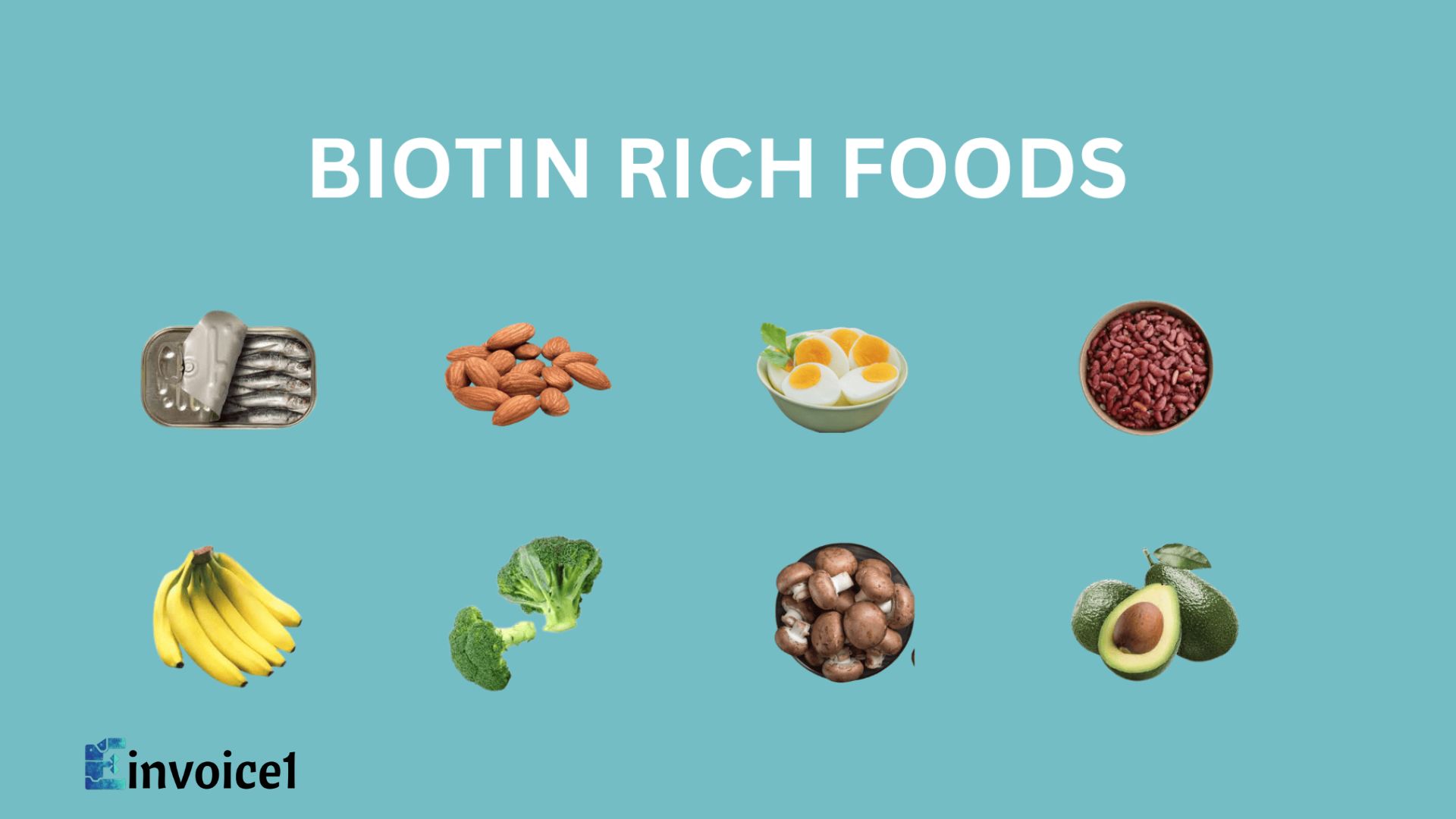Introduction
The Secondary School Leaving Certificate (SSLC) is one of the most important academic milestones for students in India and a few other countries. It is usually taken at the end of Class 10 and acts as the first official certificate of education. For many students, the SSLC result determines eligibility for higher secondary education, entrance exams, and even early job opportunities. This is why understanding how to calculate SSLC percentage is crucial for both students and parents.
While exam boards provide marks directly, many institutions and competitive exams require percentages for shortlisting candidates. Knowing how to calculate it ensures there are no errors, and it also helps students understand their academic standing in a more precise way. In some cases, converting grades or CGPA into percentages is necessary for admissions, scholarships, or government applications.
In this guide, we will break down the calculation process, explain different board systems, and provide practical examples with tables to make it easier for you. By the end, you will not only know how to do the math but also understand why it matters and how to apply it in real-life scenarios.
What Does SSLC Percentage Mean?
The SSLC percentage represents the overall academic performance of a student in their Class 10 examinations. Instead of just looking at marks in individual subjects, the percentage gives a consolidated view of total performance.
In most states and boards, students appear for subjects such as Mathematics, Science, Social Studies, Languages, and electives. Each subject carries maximum marks, usually ranging from 80 to 100. When added together, these marks create a grand total, and the percentage is calculated against this maximum. So, How to Calculate SSLC Percentage?
For example, if the total marks across six subjects is 600 and a student scores 480, then:
Percentage = (480 ÷ 600) × 100 = 80%
This percentage is used in report cards, admissions forms, and eligibility documents. It is important to note that some boards include internal assessments and practical exams in the total, while others only consider written exams.
In real life, this simple percentage can be the deciding factor in getting into a preferred stream like Science, Commerce, or Arts in higher secondary school. Colleges may also set cut-off marks based on these percentages.
Important Note: Always double-check whether your board includes internal marks in the total before calculating percentages manually.
How to Calculate SSLC Percentage Step by Step
The process of calculating your SSLC percentage is straightforward if you follow these steps carefully:
- Collect Your Marks Card – Note the marks obtained in each subject and the maximum marks allotted.
- Add the Marks Obtained – Sum up the scores from all subjects.
- Add the Maximum Marks – Calculate the grand total of maximum marks across subjects.
- Apply the Formula – Use:
Percentage = (Total Marks Obtained ÷ Total Maximum Marks) × 100
- Round Off If Needed – Many institutions accept percentages up to two decimal places.
Example Table: Simple SSLC Percentage Calculation
| Subject | Marks Obtained | Maximum Marks |
| Mathematics | 85 | 100 |
| Science | 78 | 100 |
| Social Studies | 90 | 100 |
| English | 88 | 100 |
| Hindi | 76 | 100 |
| Computer App. | 92 | 100 |
Total Marks Obtained = 509
Total Maximum Marks = 600
Percentage = (509 ÷ 600) × 100 = 84.83%
ALT text for table: Example SSLC marks table showing subject-wise marks and calculation of percentage.
Reminder: Always use the official marks card issued by the board before attempting manual calculations.
Percentage Vs CGPA: What’s the Difference?
Some boards, such as CBSE, issue results in CGPA (Cumulative Grade Point Average) instead of direct percentages. Students then need to convert CGPA into percentage. Check here How to Calculate SSLC Percentage?
- Percentage Calculation: Based on raw marks and maximum marks.
- CGPA System: Average of grade points earned in subjects.
Conversion Formula for CBSE Students:
Percentage = CGPA × 9.5
Comparison Table: SSLC Percentage Vs CGPA
| Parameter | SSLC Percentage | CGPA System |
| Basis | Total marks | Grade points |
| Format in Report Card | Percentage (%) | CGPA value |
| Conversion Needed? | No | Yes |
| Example | 85% | 9.0 × 9.5 = 85.5% |
ALT text for table: Comparison chart of SSLC percentage vs CGPA system for easier understanding.
Real-life example: If a student has a CGPA of 8.6, multiplying it by 9.5 gives 81.7%, which can then be entered in college application forms.
Common Mistakes Students Make While Calculating
Even though the formula is simple, many students and parents make avoidable errors when calculating SSLC percentages.
Some of the common mistakes include:
- Using marks of optional subjects incorrectly – Some boards allow excluding the lowest-scoring optional subject, while others require including all.
- Confusing grade marks with raw marks – Grades like A1 or B2 must first be converted into marks or percentages before averaging.
- Forgetting practical/internal marks – Internal assessment often carries 20–30 marks per subject, which must be included.
- Incorrect rounding off – Some institutions prefer exact percentages instead of rounded ones.
For example, if your board allows excluding an elective subject, your percentage may be higher than what you initially calculate. A student with 475/600 including Computer Applications might actually have 475/500 if the elective is optional, raising the percentage from 79.1% to 95%.
External resources like CBSE’s official grading system explain how marks and grades should be handled for accuracy.
Why Knowing Your SSLC Percentage Matters
Beyond just academic records, SSLC percentages play an important role in shaping future opportunities.
- Admissions: Higher secondary streams like Science often require a minimum of 75–80%.
- Scholarships: Government and private organizations frequently use percentages as eligibility criteria.
- Competitive Exams: Some entry-level exams require proof of SSLC percentage.
- Job Applications: Even early-stage government jobs sometimes ask for Class 10 percentages.
Real-life case: A student with 82% SSLC marks easily qualified for a state merit-based scholarship, while another student who scored 59% had to rely on alternative support.
This shows how crucial it is to calculate and report your percentage correctly.
Conclusion
Understanding how to calculate SSLC percentage is more than just a mathematical exercise—it is a skill that ensures accuracy and builds confidence when applying for further studies or opportunities. From knowing your raw marks to converting CGPA, each step matters in presenting your academic record correctly.
FAQs
Q1: What is the formula for how to calculate SSLC percentage?
A: The formula is (Total Marks Obtained ÷ Total Maximum Marks) × 100.
Q2: Can I exclude optional subjects while calculating SSLC percentage?
A: Some boards allow this, but you should always confirm from your board’s official rules.
Q3: How do I convert CGPA to SSLC percentage?
A: Multiply your CGPA by 9.5 to get the percentage.
Q4: Why do colleges ask for SSLC percentage instead of marks?
A: Percentage provides a uniform scale for comparison across boards and states.
Q5: What if my SSLC marks card already shows percentage?
A: You can use it directly, but knowing the calculation helps verify accuracy.




